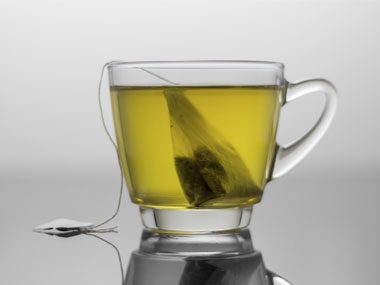
Eat apples while you drink green tea
When green are tea and apples consumed together, natural antioxidants in both blend together to block a molecule called vascular endothelial growth factor, or VEGF, Institute of Food Research scientists recently reported. This molecule encourages angiogenesis, or the formation of new blood vessels.
Angiogenesis may play a role in the formation of plaque that can harden arteries, leading to heart attacks or stroke, and can promote the spread of cancerous cells throughout the body. Related research has linked apple consumption to taking fewer prescription medications and green tea with lower cholesterol levels.

Munch on an apple before food shopping
Cornell researchers recently discovered another healthy time to eat an apple: before you head to the supermarket. In a new study, 120 participants were randomly given an apple sample, a cookie sample, or no sample before grocery shopping. Those given an apple bought 28 percent more fruits and vegetables than those
given a cookie and 25 percent more than those who did not get a sample. Snack on an apple before your supermarket trip, and you may just check out with a healthier cart.
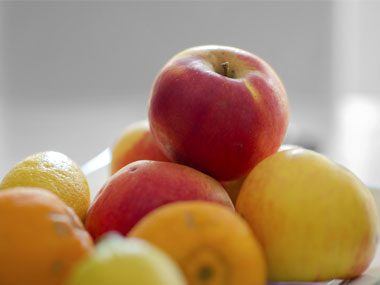
Don’t compare apples with oranges—have both
Apples and oranges may protect your brain health. When Cornell University researchers examined the effects of extracts from the fruits on animal neuron cells, they found that specific antioxidants protected cells from oxidative stress. Bananas showed a similar effect. Researchers say eating fresh fruits like apples, oranges, and bananas could prevent brain damage and neurodegenerative disorders such as Alzheimer’s disease.
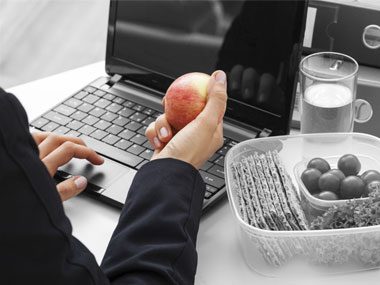
Eat an apple after lunch
This could keep afternoon cravings in check. Apples are filled with pectin, a soluble fiber that attracts water to form a gel in the body during digestion. This makes you feel full for longer; the delayed emptying of the stomach can also help maintain steady blood sugar levels and improve insulin sensitivity. An apple after lunch a day may very well help keep tempting junk food away.

Pair an apple with chocolate
Satisfy your sweet tooth and protect your blood vessels with this healthy combo. Apples are high in a flavonoid called quercetin, while dark chocolate is high in a flavonoid called catechin. In a classic study, Italian researchers used blood samples from healthy volunteers to study how the two flavonoids reacted to a clot caused by the protein collagen. (When blood vessels are damaged, they release collagen into the bloodstream, which causes platelets to stick together. This can clog arteries, leading to heart attacks or stroke.) Researchers discovered that when quercetin and catechin are combined, they prevent collagen from interacting with blood platelets, preventing blood clots and lowering the risk of cardiovascular disease.
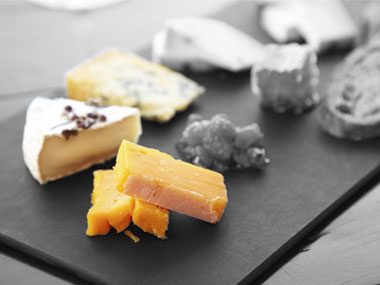
Have an apple and cheese plate
Chewing apples stimulates saliva production, which helps rinse away lingering food particles and bacteria. Saliva also has an alkaline pH that helps neutralize the acidity of plaque (which causes cavities). Cheese contains high levels of tyramine, an alkaloid compound that reduces plaque acid. In a 2013 study published in the journal General Dentistry, researchers asked 68 participants to refrain from brushing their teeth. After two days, they gave volunteers cheese, milk, or yogurt. Those who ate cheese had lower levels of plaque acid than those who had milk or yogurt.
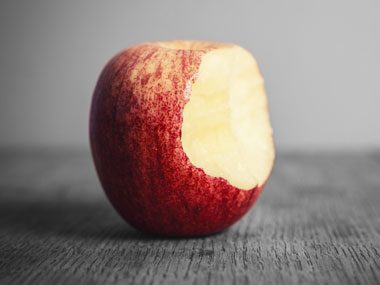
At the very least, eat one apple a day
You could prevent a stroke. Dutch scientists tracked the fruit and vegetable intake of 20,069 participants for 10 years, recording which color group the food was in: orange and yellow, red and purple, green, or white. They found that those who added 25 grams of white fruit or vegetables (such as apples, pears, onions, and mushrooms) to their daily diet lowered their risk of stroke by 9 percent. Other colored foods didn’t show the same effect. An extra small apple offers about 100 grams of the healthy white fruit.